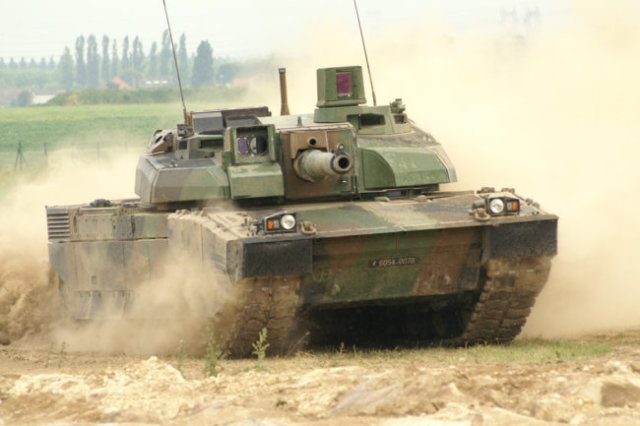At the very end of last year, there were reports that French manufacturers of armored vehicles intend to offer India to replace the 1,700 T-72M/M1 Ajeya in service with their updated Leclerc XLR.
Of course, in its current form, the Indian "seventy-second" in the ground forces are already quite outdated. According to their tactical and technical characteristics, they correspond to the level of the second half of the 80s.
Previously, attempts were repeatedly made to finalize them, various international tenders were held, prototypes were made, but all the time, for various reasons, mass modernization was disrupted.
And yet, Indian developers do not lose hope to bring new versions of the T-72M1 to the army. A 1000-horsepower engine has been created for them, built-in dynamic protection capable of resisting not only cumulative ammunition, but also armor-piercing sub-caliber shells, as well as more advanced fire control systems with thermal imagers.
As for the Leclerc tanks, the production of these combat vehicles has long been discontinued, and it will take years and multibillion-dollar costs to resume it, which ultimately cannot but affect the price of tanks.
In addition, even in the XLR modification, they are no longer a new generation of equipment, like, for example, the Russian T-14 main battle tanks on the Armata heavy unified platform.
According to many military experts, French products do not have any special advantages compared to the already existing T-90MS. Unless the former have a higher engine power, however, it is known that until now it has not been particularly reliable and economical.
Alexey Moiseev

